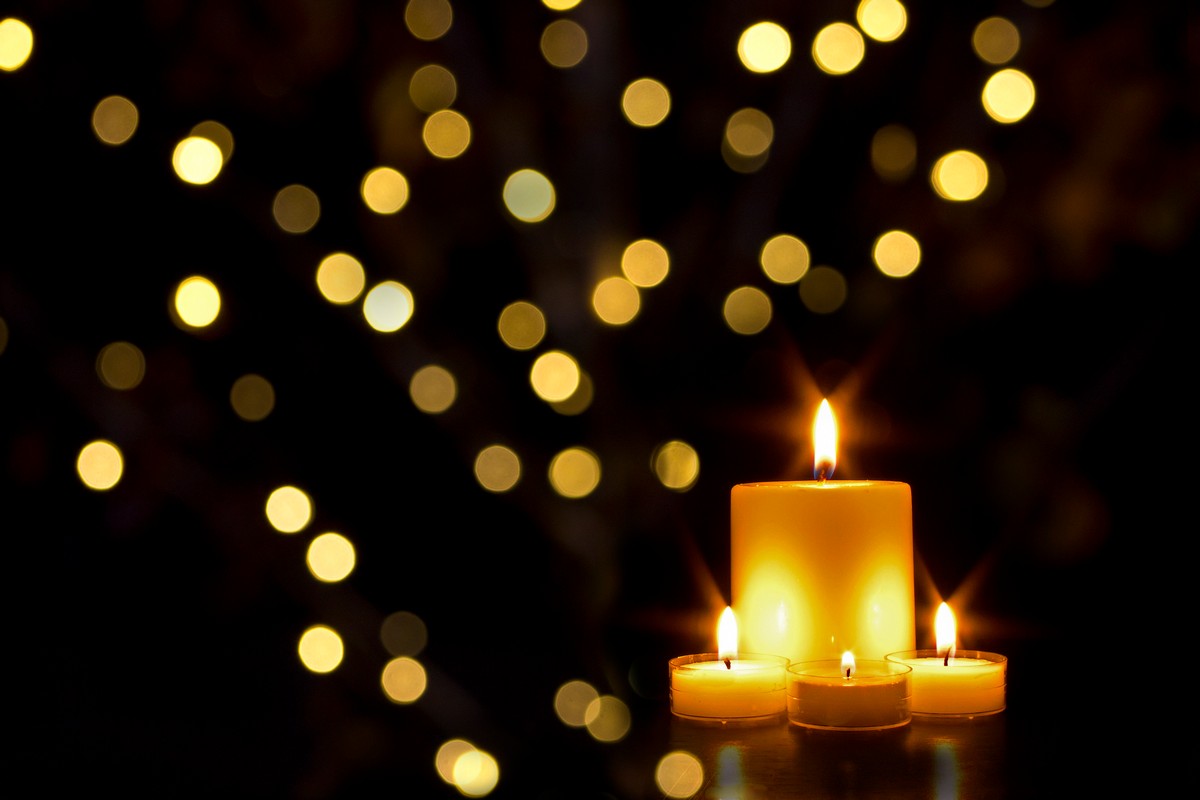Candles are being used to bring light and to enlighten man’s partying for more than 5,000 years, however little is known about their starting point. It is time and again printed that the earliest candles were created by the Ancient Egyptians, who used rush lights or torches made by soaking the pithy center of reeds in melted animal fat. However, the rush lights did not have a wick like a proper candle.
First Candles
The Egyptians were utilizing candles with wicks in 3,000 B.C., except that the early Romans are usually recognized with developing candles with wicks prior to that time by plunging rolled papyrus over and over again in melted tallow or beeswax. The consequential candles were used to illuminate their houses, to assist voyagers at night, and in religious services.
Researchers found proof that a lot of other premature civilizations developed candles with wicks using waxes made from accessible flora and insects. Early Chinese candles are thought to have been molded in paper tubes, using rolled rice paper for the wick, and wax from an native insect that was combined with seeds. In Japan, candles were made of wax taken out off tree nuts, while in India, candle wax was made by cooking the fruit of the cinnamon tree.
Furthermore it is acknowledged that candles played a significant part in early religious services. Hanukkah, the Jewish celebration of Lights which centers on the illuminating of candles, dates back to 165 B.C. There are quite a few Biblical references to candles, and the Emperor Constantine is stated to have called for the use of candles during an Easter service in the 4th century.
Middle Ages of Candles
The majority of Western civilizations relied first and foremost on candles taken from animal fat (tallow). A key upgrading came in the middle Ages, when beeswax candles were initiated in Europe. Not like animal based tallow, beeswax burned pure and cleanly, without making a smoky flame. It also produced an enjoyable sweet odor rather than the foul, acrid aroma of tallow. Beeswax candles were commonly used for church services, however since they were expensive, hardly any individuals other than the rich could afford to burn them in the home.
Tallow candles were the ordinary house candle for Europeans, and by the 13th century, candle making had turned into a real craft in England and France. The candle makers also called chandlers, went from home to home producing candles from the kitchen fats saved for that purpose, or made and sold their own candles from small candle shops.
Colonial Candle Times
Colonial women offered America’s first donation to candle making, when they revealed that cooking the grayish green berries of bayberry bushes created a sweet smelling wax candle that burned cleanly. Nevertheless, extracting the wax from the bayberries was extremely tiresome. As a result, the status of bayberry scented candles soon decreased.
The increase of the whale fishing industry in the late 18th century brought the first big change in candle making since the Middle Ages, when spermaceti — a wax acquired by crystallizing sperm whale oil — became accessible in large quantities. Like beeswax, the spermaceti wax did not elicit a revolting smell when burned, and produced a significantly brighter light. It also was harder than either tallow or beeswax, so it wouldn’t soften or bend in the summer temperatures. Researchers note that the first standard candles were made from spermaceti wax.
19th Century Advances in Candles
Most of the main developments impacting existing candle making happened through the 19th century. In the 1820s, a chemist called Michel Eugene Chevreul revealed how to extract stearic acid from animal fatty acids. This procedure lead to the development of stearin wax, which was firm, durable and burned cleanly. Stearin candles stay trendy in Europe today.
In 1834, discoverer Joseph Morgan assisted to further the modern day candle business by developing a mechanism that allowed for continuous making of molded candles by using a cylinder with a changeable piston to throw out candles as they solidified. With the opening of mechanized candle making, candles became an easily reasonably priced product for the masses.
Paraffin candle wax was launched in the 1850s, after chemists learned how to resourcefully divide the naturally occurring waxy material from petroleum and refine it. Unscented and bluish white in color, paraffin was a godsend to candle making since it burned cleanly, consistently and was more inexpensively to produce than any other candle fuel. The only shortcoming was a low melting point. This was soon defeated by adding the harder stearic acid, which had become widely available. With the opening of the light bulbs in 1879, candle making began to decline.
Candles in the 20th Century
Candles enjoyed transformed popularity during the first half of the 20th century, when the expansion of U.S. oil and meat packing industries brought an boost in the byproducts that had become the essential ingredients of candles paraffin and stearic acid.
The attractiveness of candles remained steady until the mid-1980s, when attention in candles as ornamental items, mood-setters and gifts began to rise notably. Candles were all of a sudden presented in a broad array of sizes, shapes and colors, and customer interest in scented candles began to escalate.
The 1990s witnessed an unprecedented surge in the popularity of candles, and for the first time in more than a century, new types of candle waxes were being developed. In the U.S., agricultural chemists began to develop soybean wax, a softer and slower burning wax than paraffin. On the other side of the globe, efforts were underway to develop palm wax for use in candles.
Candles today
Candles have come a lengthy way since their first use. Though no longer man’s major source of light, candles maintain to grow in popularity and use. Candles nowadays represent celebration, mark romance, calm the senses, describe ceremony, and accent home decors casting a warm and lovely glow for all to enjoy. They’re trending and most families have at least one scented candle in their home.

